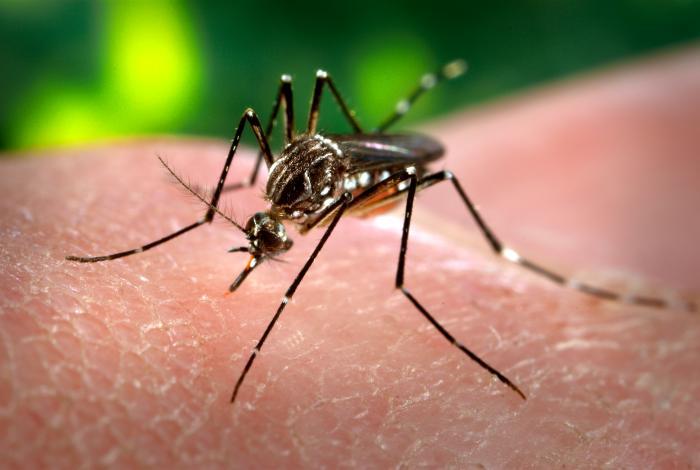Research is currently being carried out along two strands:
Genetically modified mosquitoes
The mosquito OX5034, developed by Oxitec Ltd., is a genetically modified version of the Aedes aegypti mosquito. Although the Aedes aegypti species accounts for a small proportion of the mosquito population, it is responsible for a large proportion of vector-borne diseases. As a result of genetic modification, females, which feed on blood and are responsible for disease transmission, die in the larval stage and males are able to pass on the gene sequence that causes female lethality, thus displacing the natural breeding population capable of spreading disease in nature. In a previous experiment in Brazil, more than a billion individuals of a previous variant of the GMO mosquito (OX513A) were released, and although the size of the resident Aedes aegypti population has been greatly reduced, according to a 2019 study published in Nature, 18 months later, the population has recovered, and reproductive hybrid mosquitos have emerged in sufficient numbers to maintain the new genetic lineage, which could have serious adverse consequences for virus spread.
Despite this, and the protests of other research groups and locals, the company is preparing to release a new GMO mosquito population on Florida Keys islands on a continuous basis for 2 years, and has received permission from the US Environmental Protection Agency (US EPA).
A new preliminary study describes a different type of genetic modification to control malaria. A sequence is introduced into the gene pool of Anopheles gambiae mosquitoes using CRISPR-Cas9 technology that prevents the malaria parasite from developing in the mosquito's intestinal tract, while continuing to be passed on to offspring. Several studies remain to be carried out, but preliminary results show promise for the technology.
Another research using CRISP-R technology has shown promising results as well. By removing the rhodopsin Op1 and Op2 genes, mosquitoes are unable to find their prey. Without blood consumption, the female mosquito will not be able to develop their eggs, and the population is expected to die out.
A WHO statement based on computer model studies suggests that methods based on the release of genetically modified mosquitoes may be effective in reducing vector-borne diseases, but has raised concerns and questions around ethics, safety, governance, affordability and cost–effectiveness. To assess these issues, WHO recently also issued a guidance.
"Wolbachia mosquito" strategy
The technology was developed by a microbiology research team at the University of Melbourne. The essence of the strategy is that Aedes aegypti mosquitoes are infected with a bacterium called Wolbachia pipientis, which can infect 60% of insect species but does not naturally infect mosquitoes. However, artificial infection makes the mosquitoes resistant to dengue and other arboviruses. In 2016, "wolbachia mosquitoes" were released in six-month periods in different dengue-affected areas of Indonesia. Research has shown a 77% reduction in dengue fever incidence, a staggering reduction in size, making it a promising way to control the spread of vector-borne diseases.
As with all new technologies, the above-described ones have the potential to bring new dangers. To prevent risks from arising, DFI will monitor the issues and provide information on any updates.

